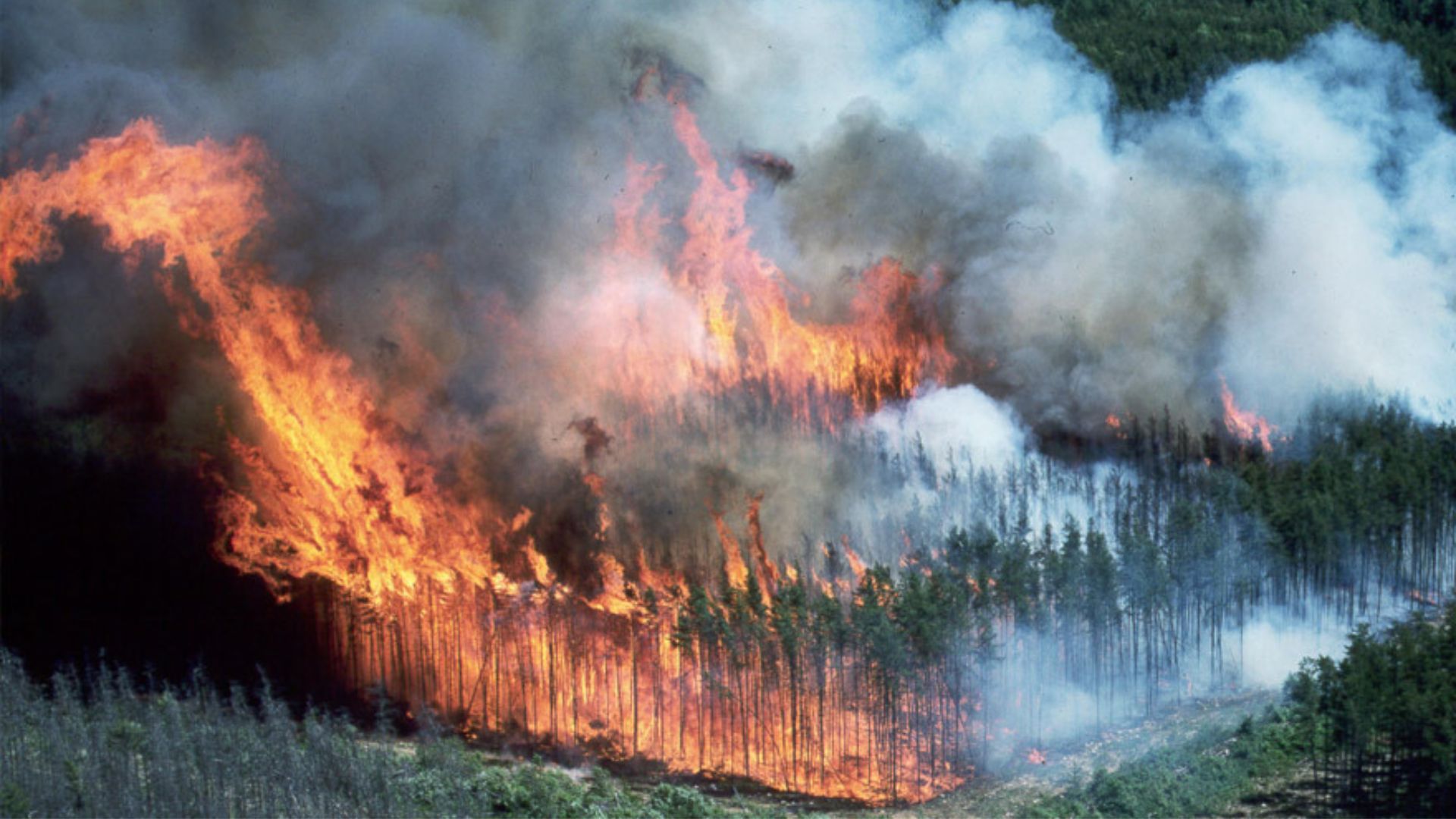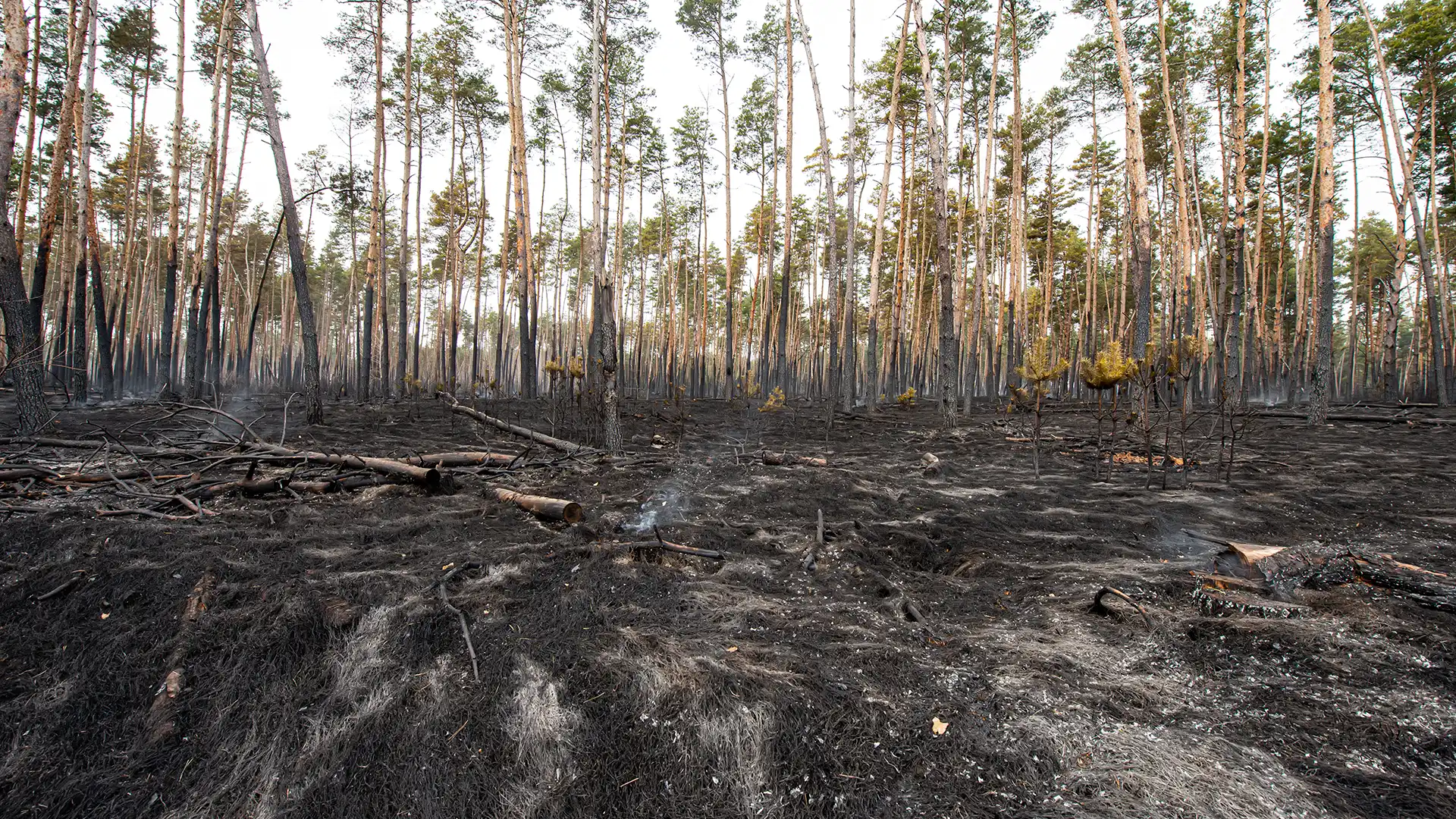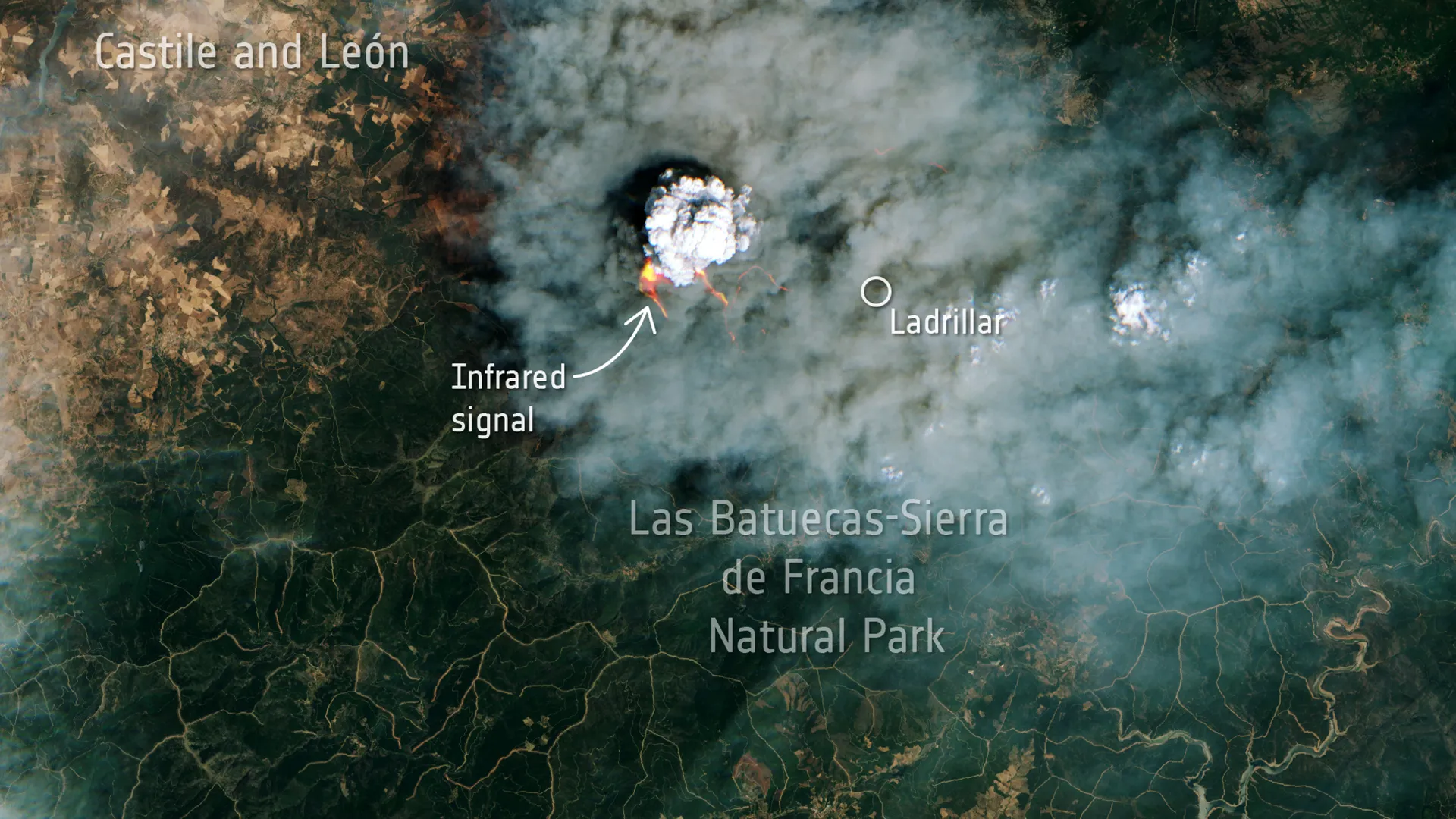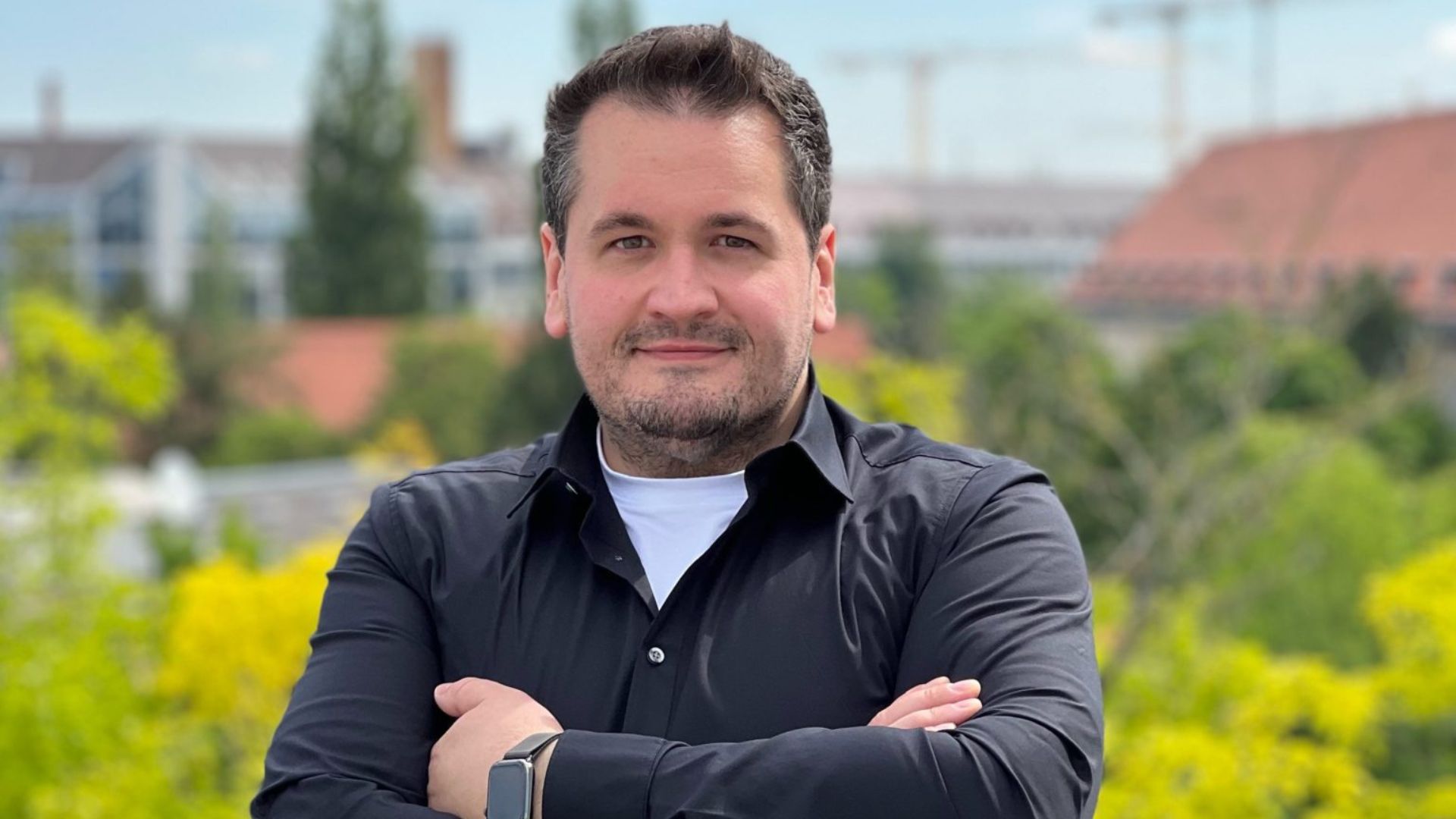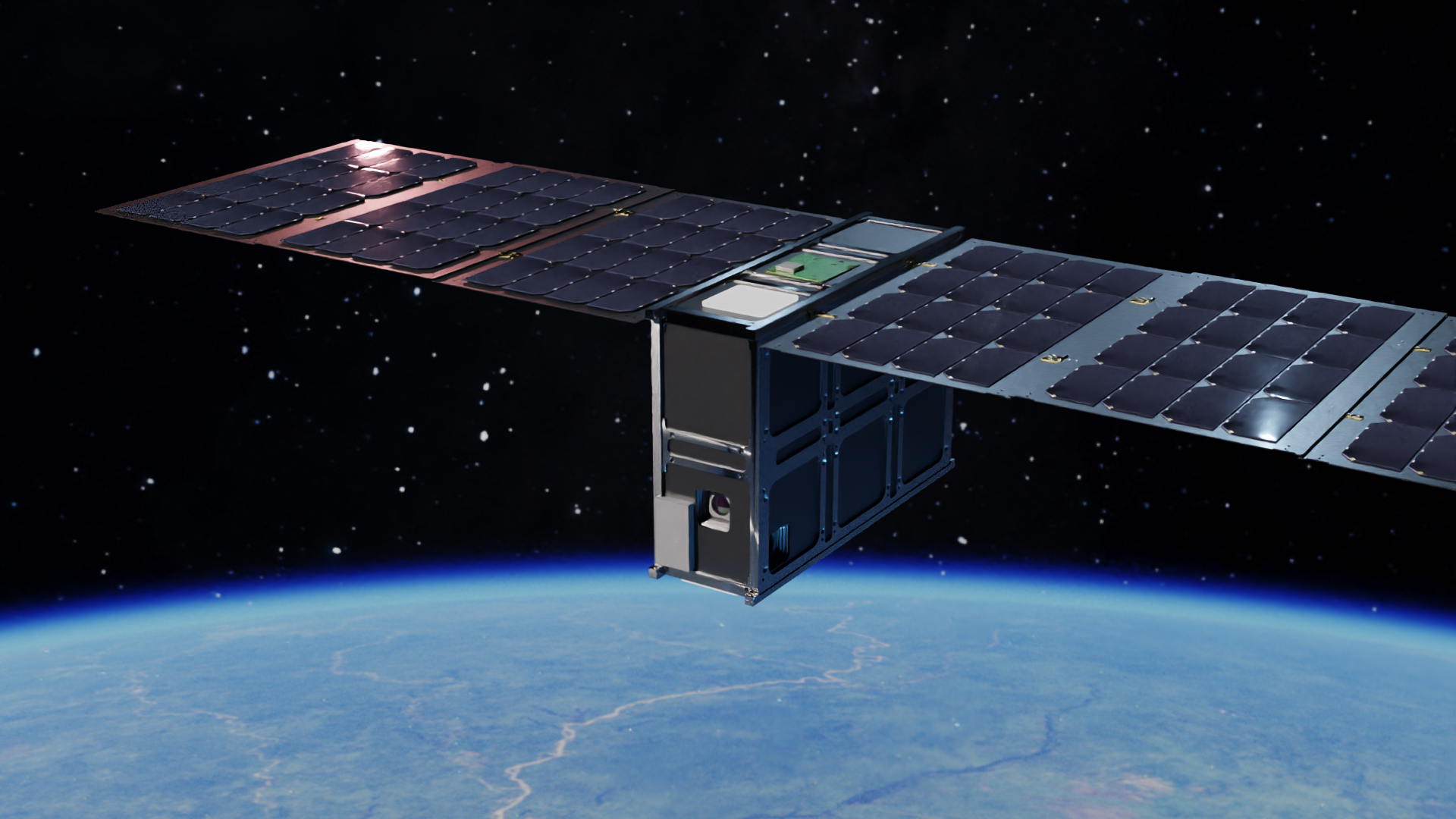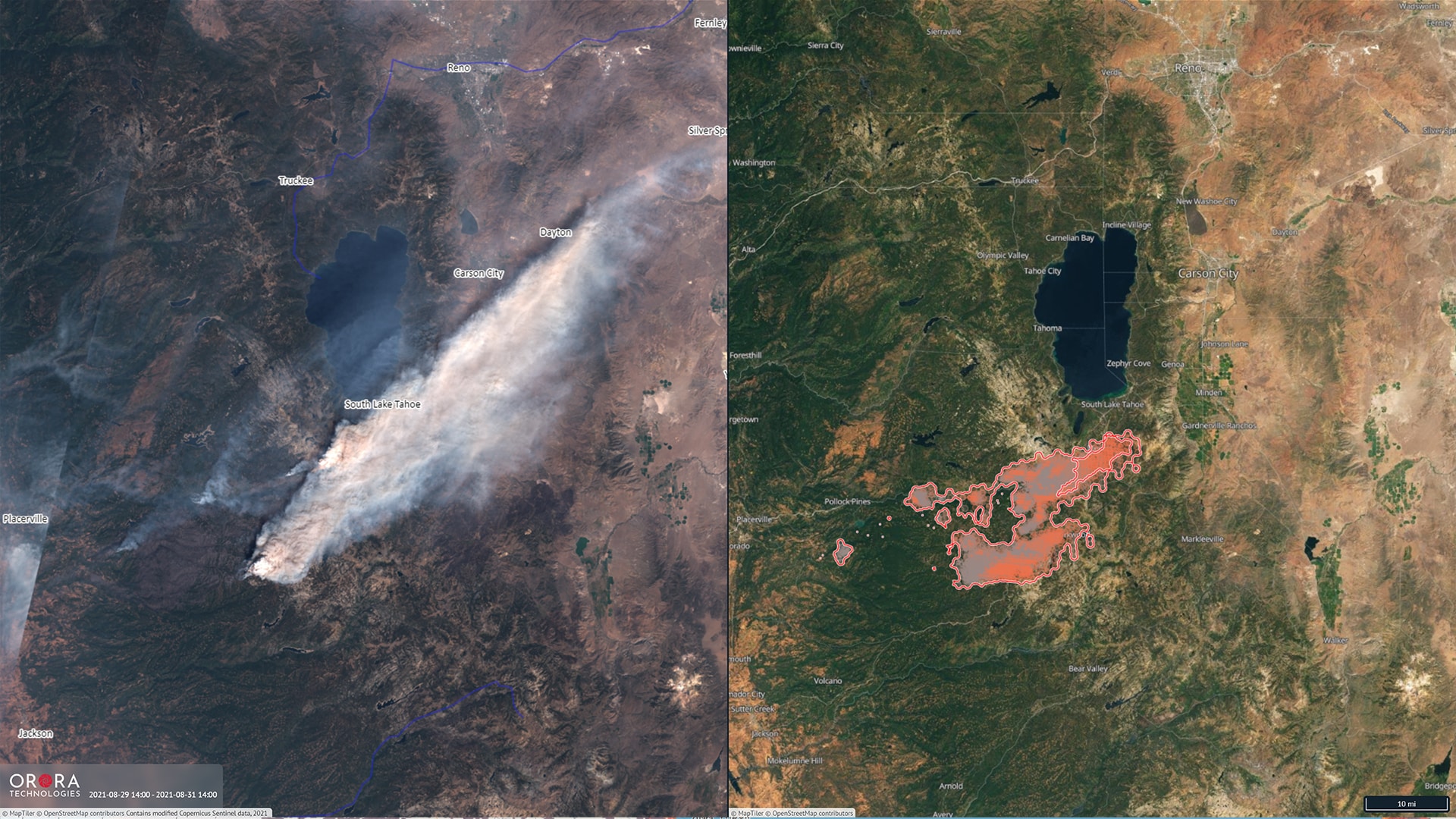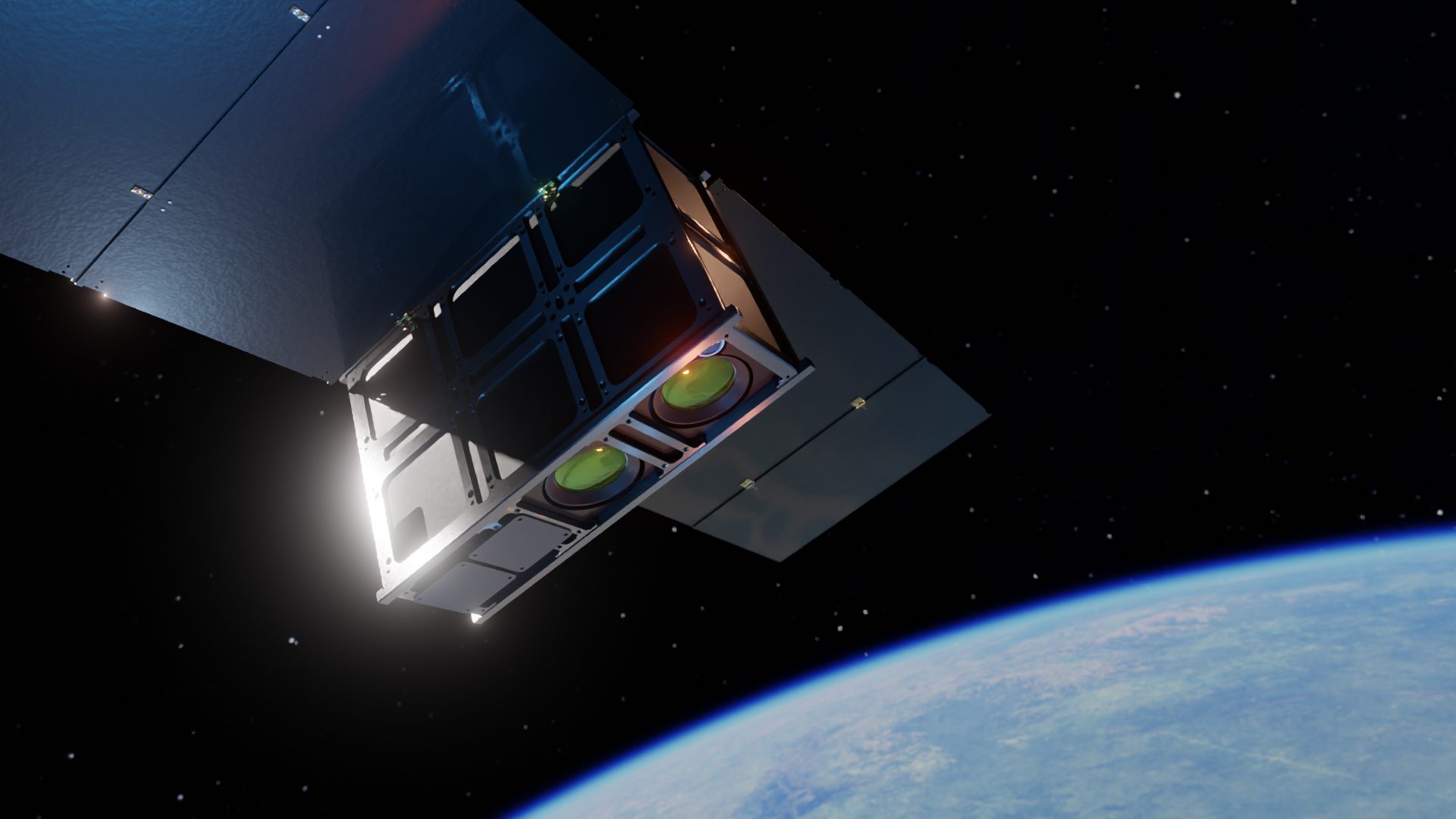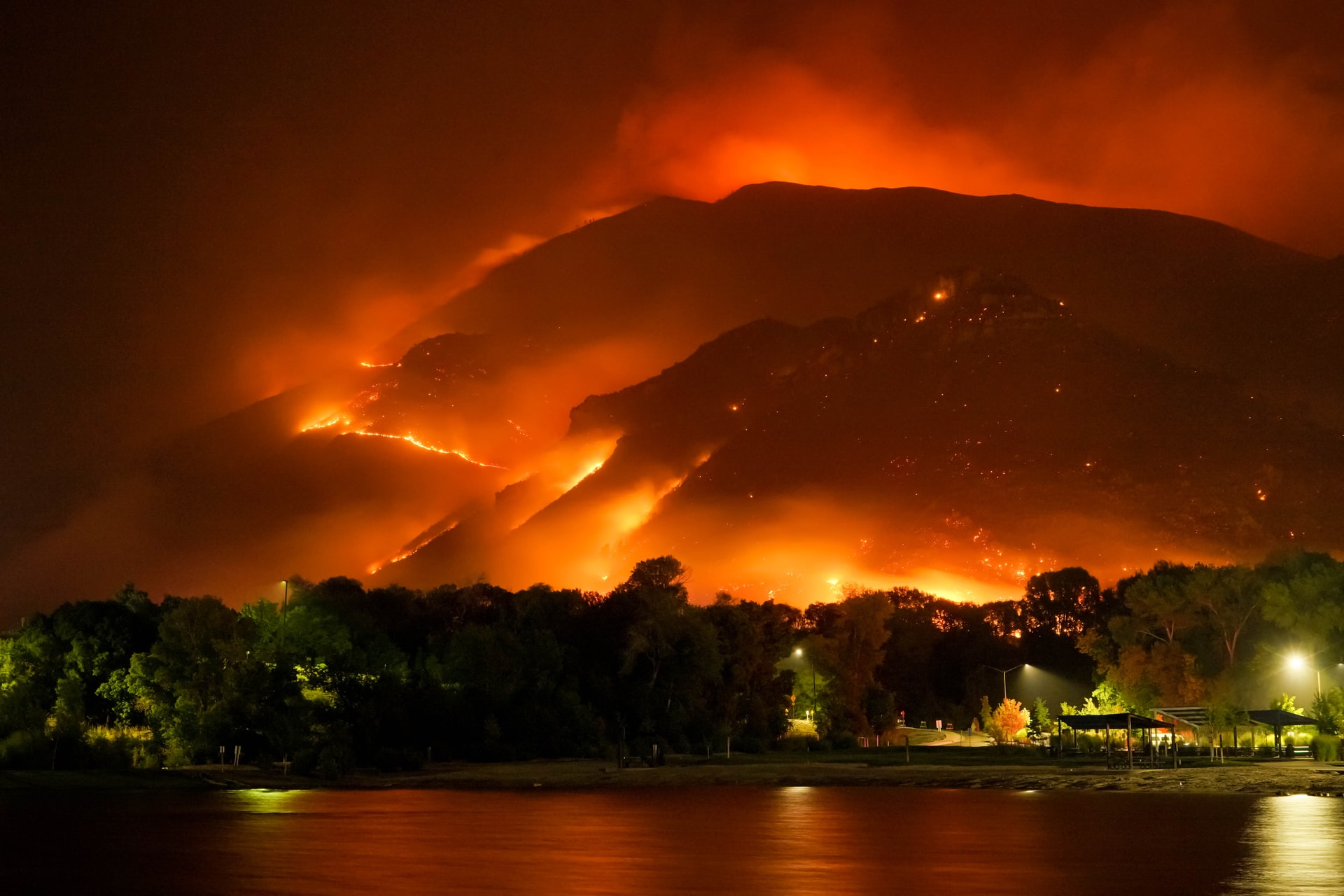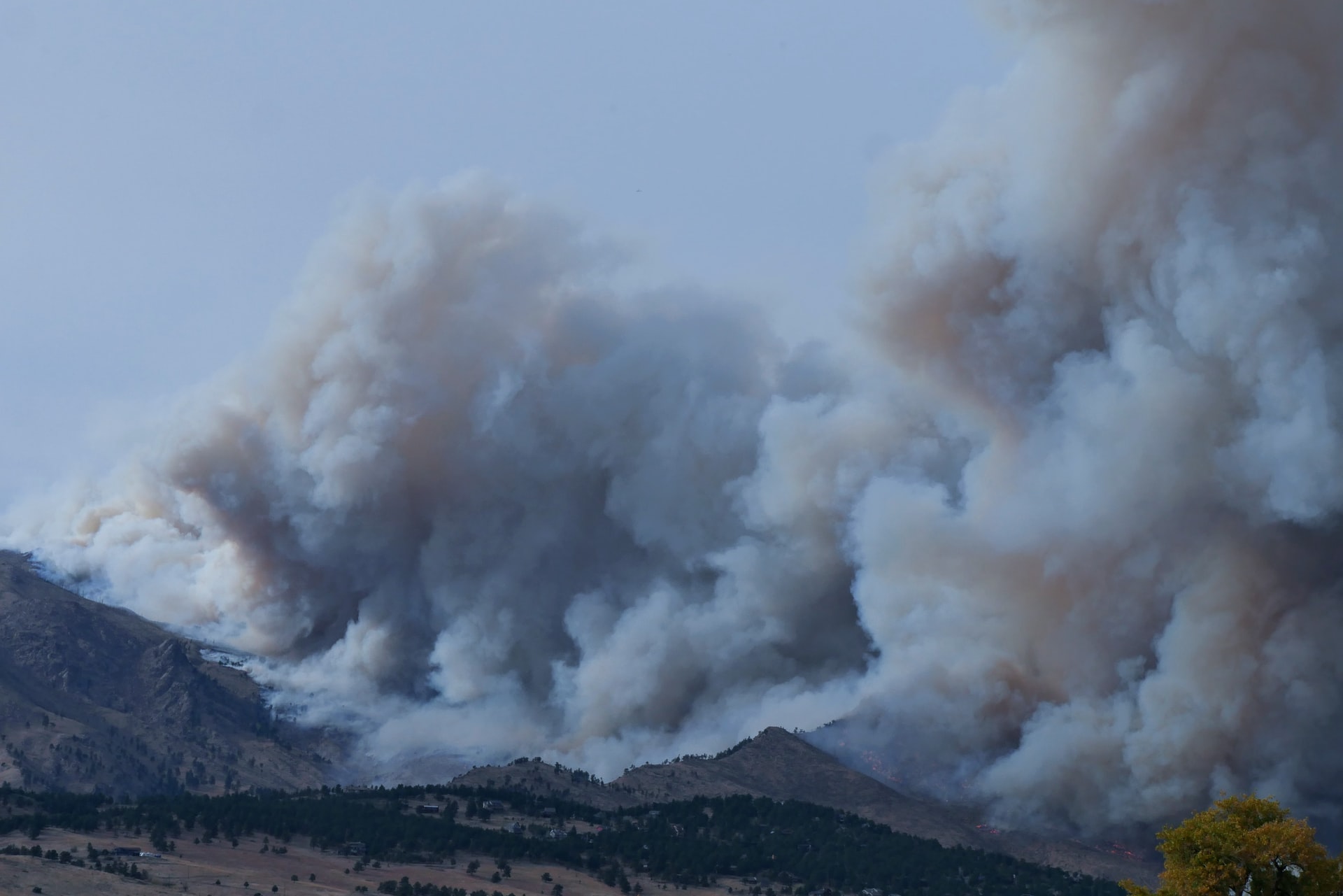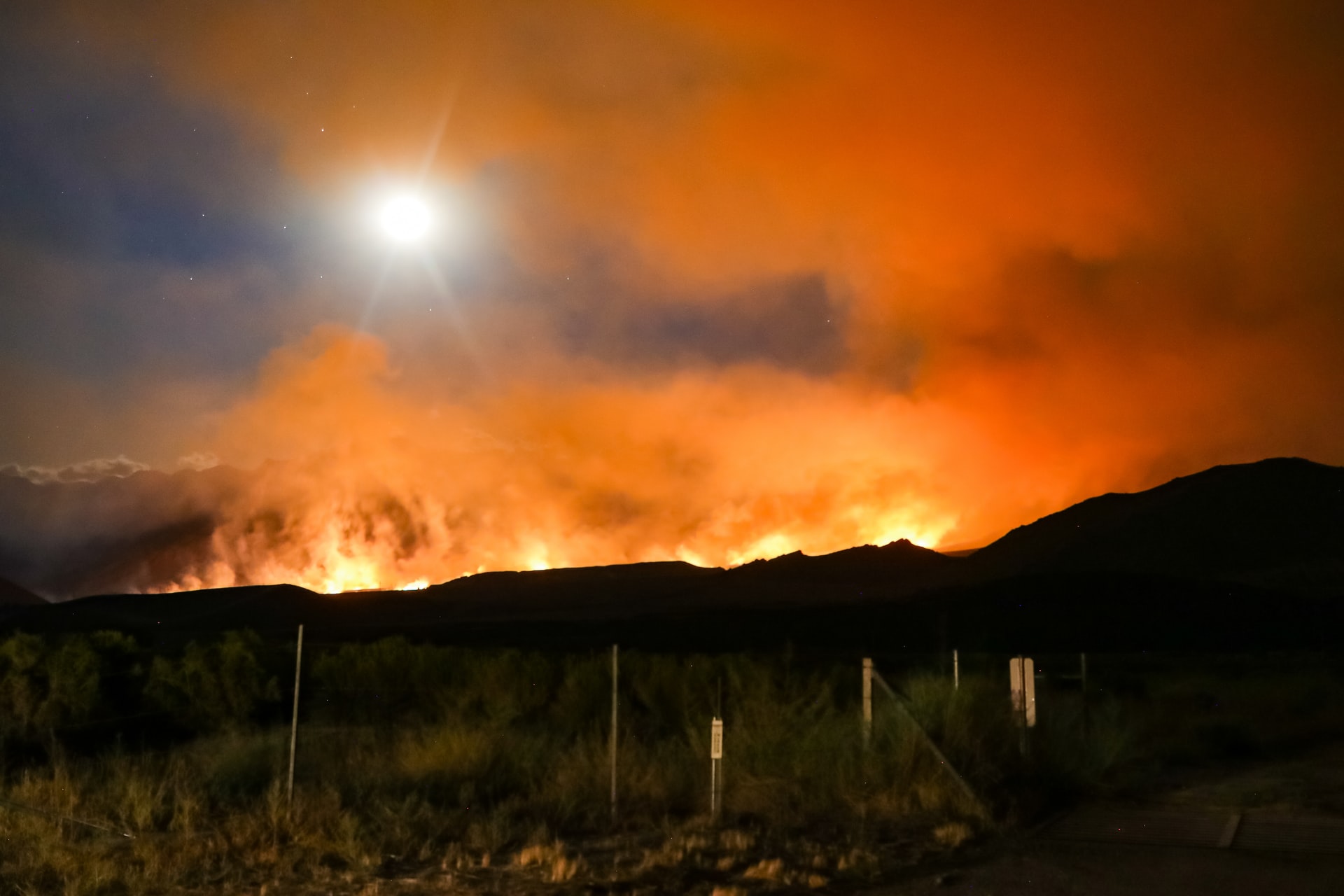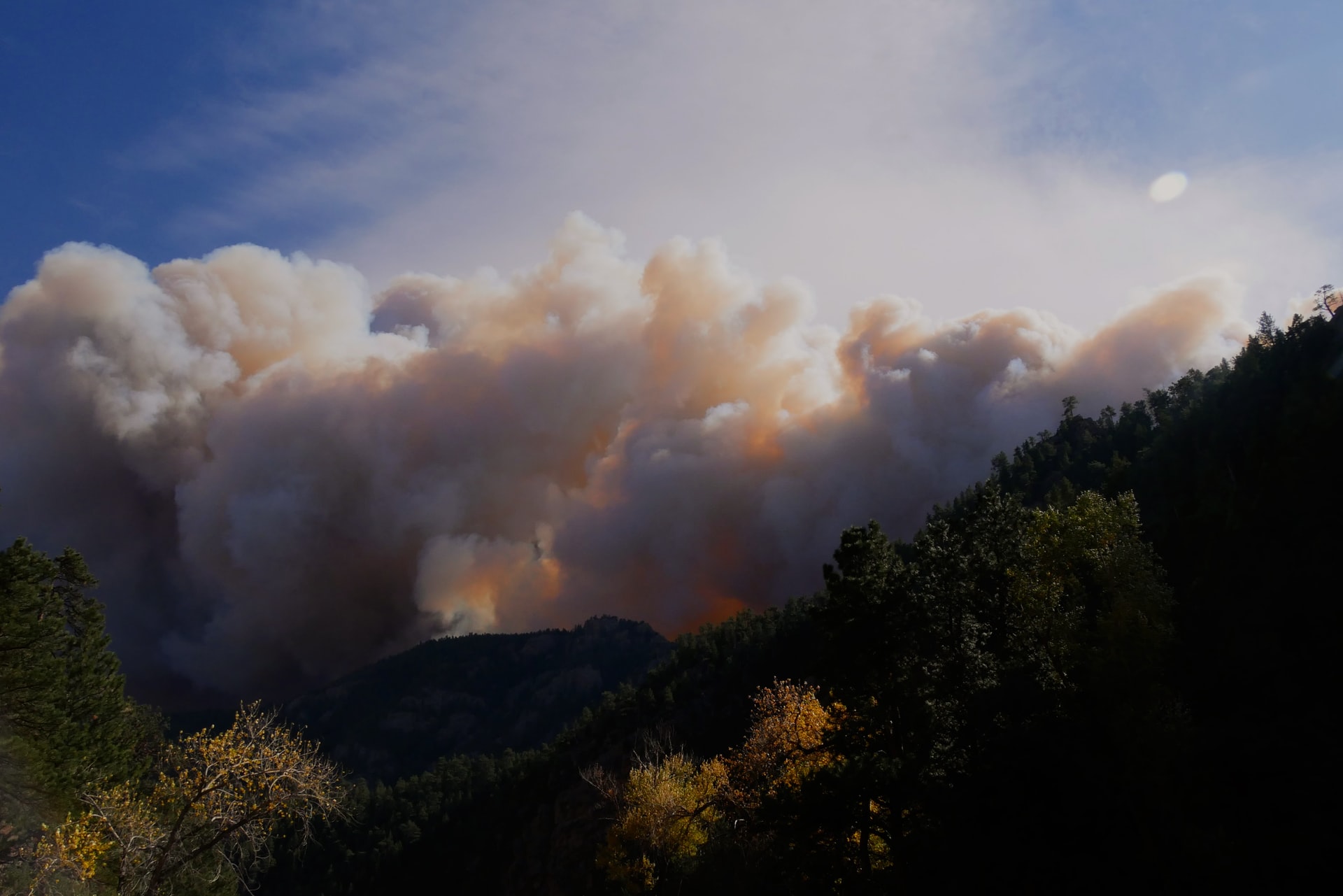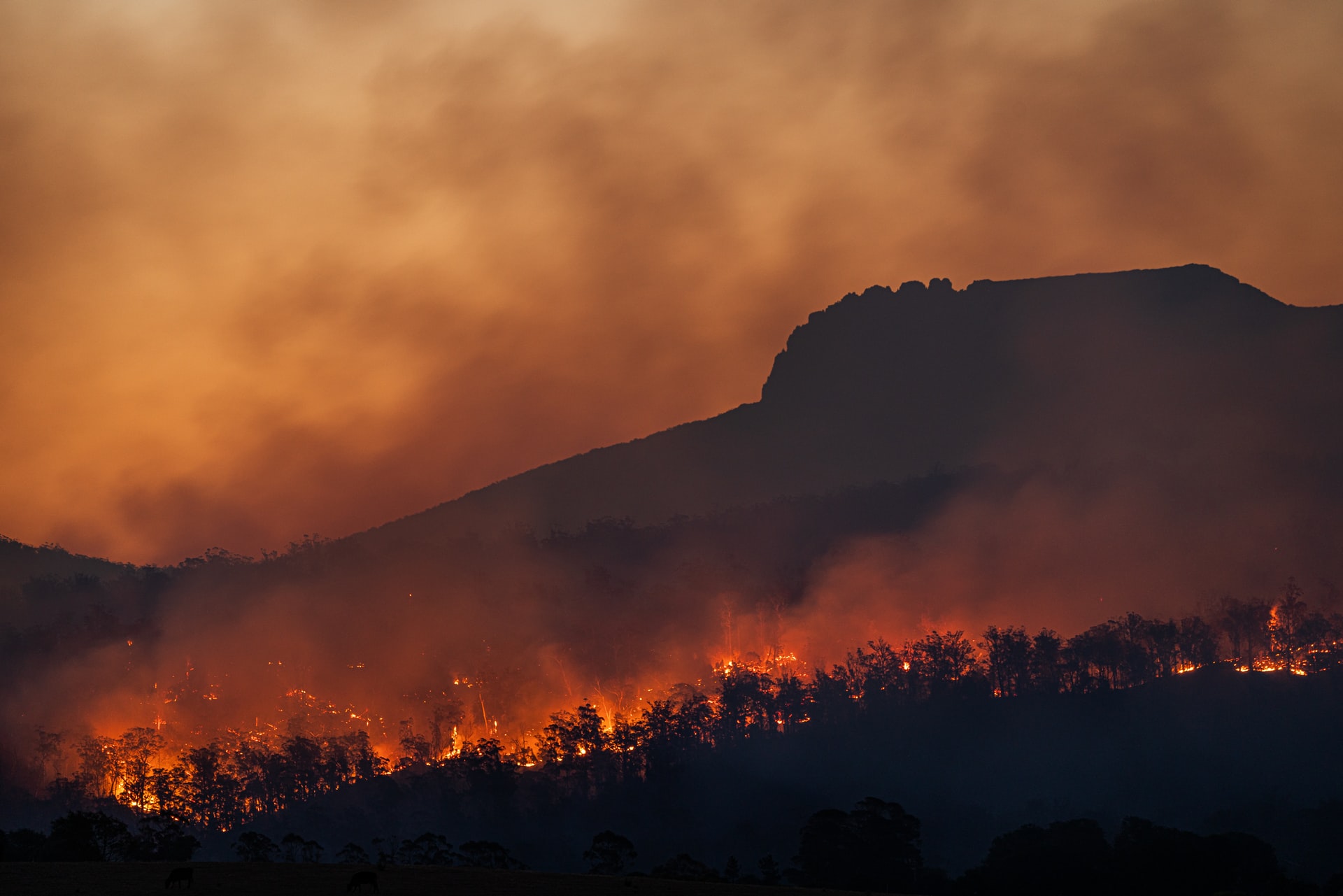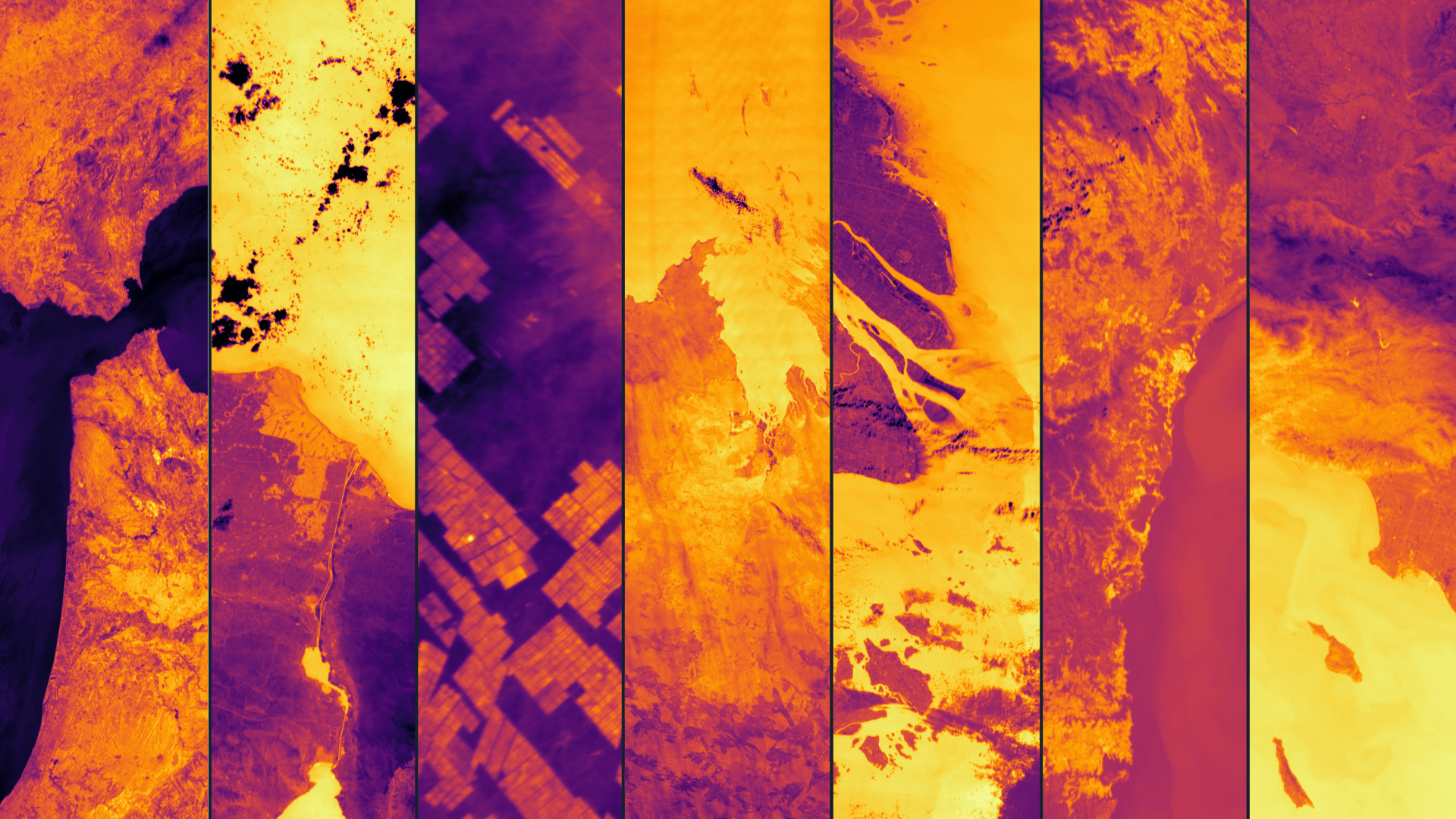
OroraTech expands Series A round by €15m
Published on Wed, 30.11.2022 – 12:00 CET in Financials, covering OroraTechThe FOREST-1 satellite has been in orbit since January 2022. There, the Cubesat is to collect data for the early detection of wildfires. As it turns out, the technology developed by OroraTech works reliably. Now investors have given the go-ahead for the expansion of capacities.
A second thermal imaging camera is to be launched into space as early as May 2023. OroraTech can draw on the necessary financial resources for this thanks to a successful extension of the Series A round. As the Munich-based company announced on Wednesday, private and public investors are putting up a total of a further 15 million euros. The investment round was led by Belgian impact investor Edaphon. It aims to support companies that combine scalable solutions with high-performing teams and proven positive impact. Established in 2015, the fund promotes decarbonization and biodiversity by investing in natural carbon sinks (forests, peatlands, grasslands) and restoring important ecosystems.
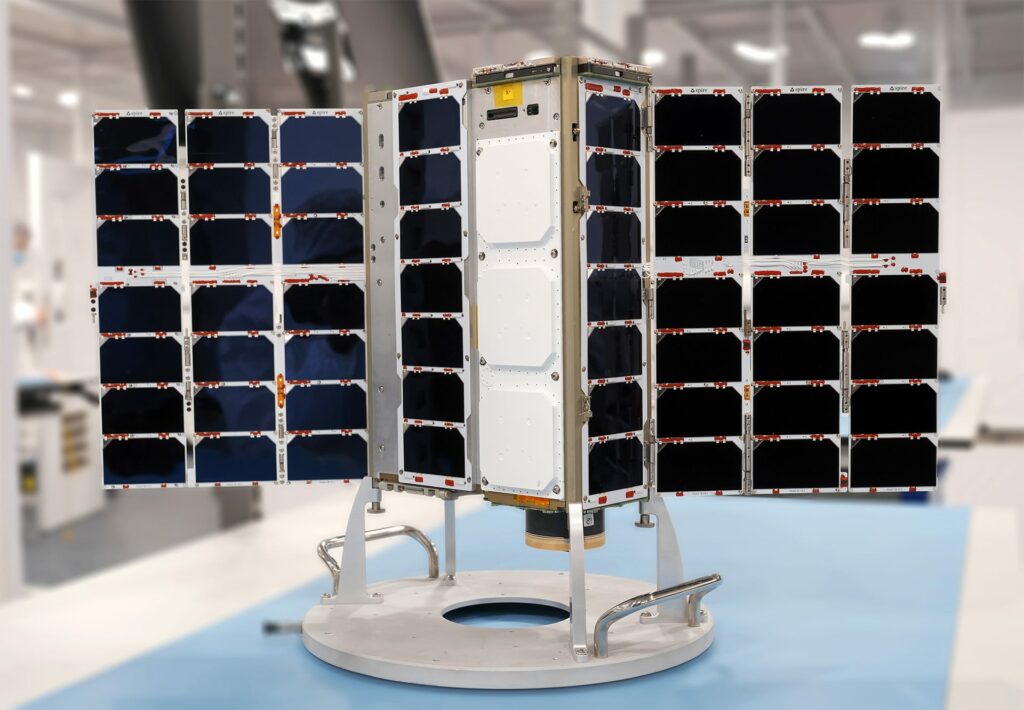
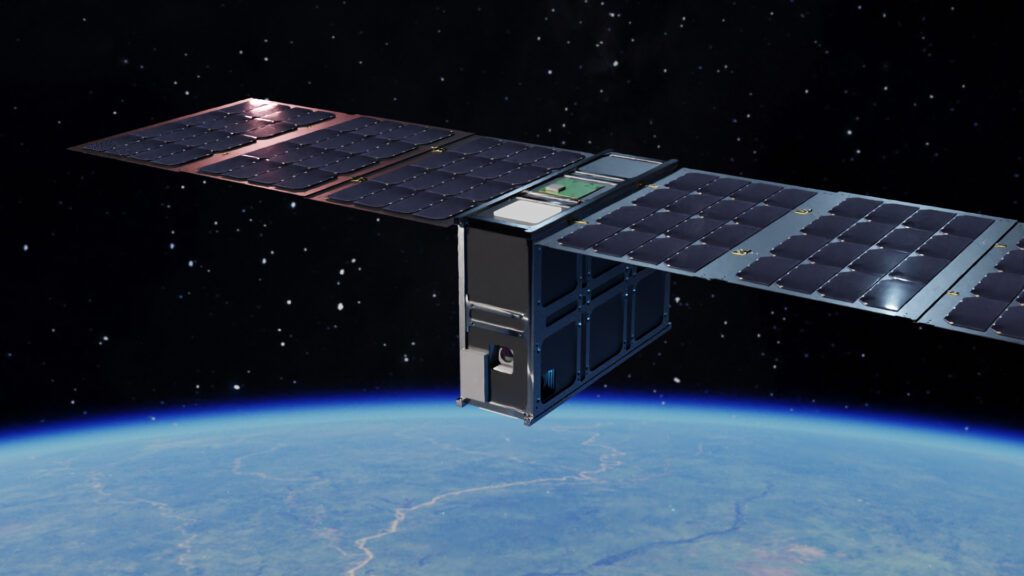
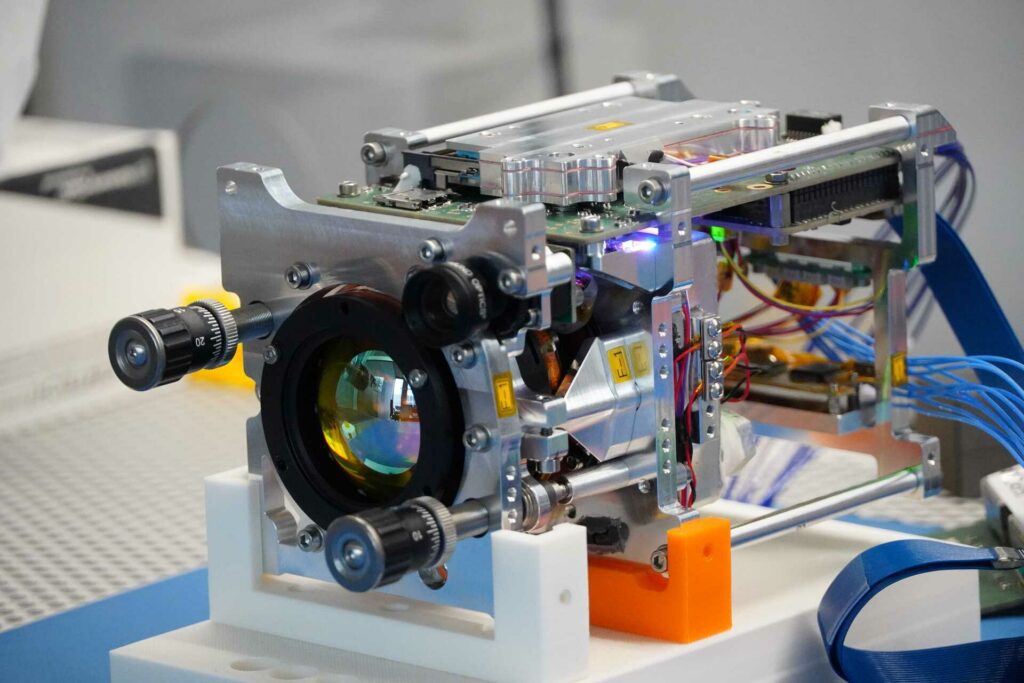
Also involved are existing investors Findus Ventures, Ananda Impact Ventures, Wachstumsfonds Bayern 2, ConActivity, APEX Ventures, SpaceTec Capital and industry experts Ingo Baumann and Clemens Kaiser. Additional funds were raised through contracts and grants from the European Space Agency ESA and the Free State of Bavaria.

© OroraTech
Thomas Grübler, CEO of OroraTech, is also pleased that another investor has been found in Edaphon: "I am very proud of what we have achieved within a year - launching our first camera in space that has outperformed our own expectations and has no equivalent in the world. The new funding will allow us to launch our second camera and accelerate our expansion strategy to different use cases." By building its own satellite constellation, OroraTech aims to enable significantly more measurements than previously feasible. As early as 2024, the temperature at every point on Earth is to be measured every 12 hours, and then as often as every 30 minutes from 2026. The data will then be used to make more targeted decisions on how to deal with the consequences of climate change.
1.5 degree target is unrealistic - solutions needed more urgently than ever before
At the UN Climate Change Conference COP27 in Sharm El-Sheikh (November 6-18, 2022), it became clear that urgent action is required. This is because the goal of limiting man-made global warming to 1.5° C agreed in the Paris Climate Agreement in 2015 is no longer realistically achievable. This will make it even more difficult to achieve the 17 Sustainable Development Goals (SDGs) also adopted in 2015.

As the earth's atmosphere warms, storms and heavy rainfall are becoming more frequent and more intense. On the other hand, there is a lack of urgently needed rain, which not only results in crop failures but also increases the risk of forest and bush fires. Just how dramatic the situation already is was also demonstrated in Germany this year. Since 2018, there has been a period of drought, as a result of which soils have dried out and trees have withered. Even the smallest sparks led to large-scale wildfires that raged for days on quite a few hectares. This is a not insignificant point for climate change. Because when wood burns, the stored carbon dioxide is released again. Of global greenhouse gas emissions, around 17 to 20 percent are caused by wildfires. On the financial side, the damage also weighs heavily at an estimated $10 billion.
OroraTech notes increasing request for reliable Earth observation data
So it's no surprise that OroraTech's Wildfire Intelligence Solution is in high demand and already in use around the world. More than 100,000 fires are detected daily, protecting more than 160 million hectares of forest. This is roughly the equivalent of the size of France, Germany, Poland, Austria, the Czech Republic, Switzerland and Belgium.
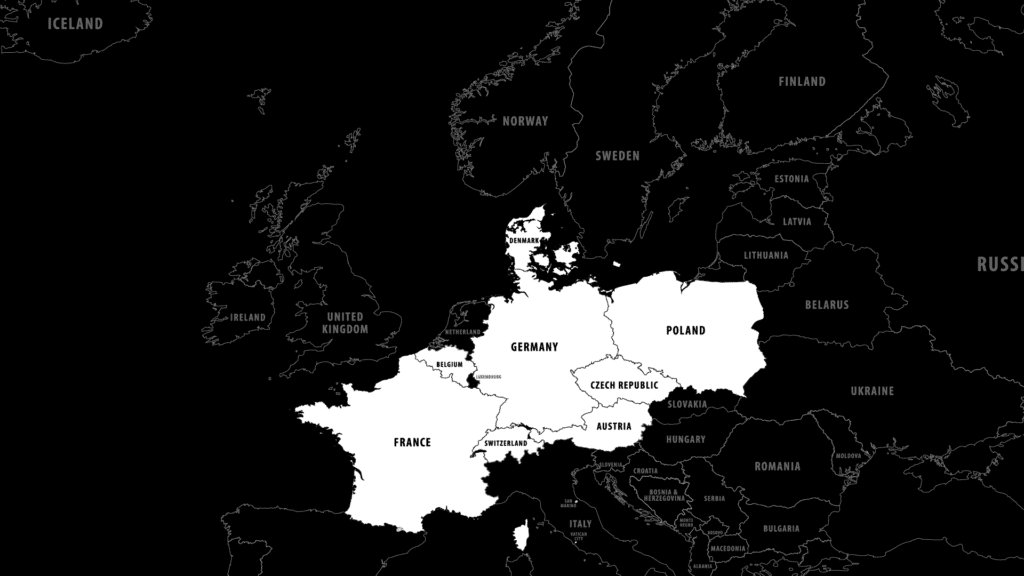
But the actual service still has one crucial weakness: the orbits of the satellites currently in Earth orbit. As a result, the observation slots are not only small, but also infrequent. For example, the Sentinel satellites overfly any given point on Earth only every five days - too infrequently to detect wildfires at an early stage. Another disadvantage is the overflight time. That's because while the satellites measure temperature before noon, in most cases fires break out in the afternoon. This is a key point that OroraTech is targeting with its own constellation.
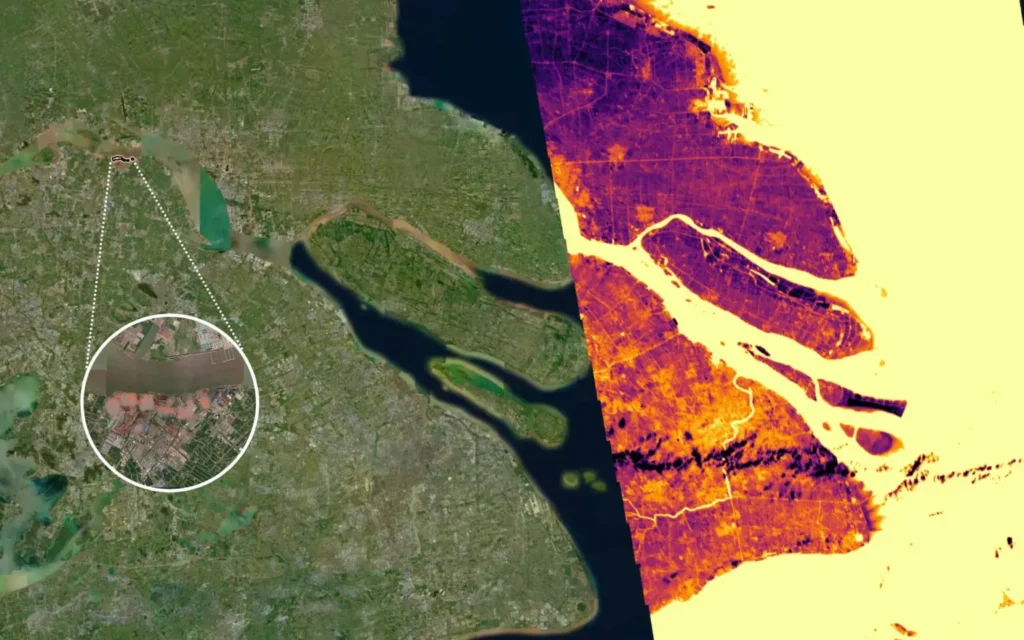
Shanghai, 15. November 2022. The thermal infrared image on the right was taken from space by OroraTech's first camera FOREST-1. It shows large roads in the urban area of the city and several spots indicating waste heat along the coast. The left part of the image is Shanghai through the eyes of OroraTech's Wildfire Solution (WFS). WFS not only detects wildfires, but also other heat sources on ground, like in this case a cement plant. Source: OroraTech
A steadily growing, international team is working on its realization. In addition to its headquarters in Munich, OroraTech is now also present in Luxembourg, Canada and the USA. And for good reason. Especially in the United States, devastating wildfires rage regularly. So it's probably about time the Munich-based company sent its next satellite into space. With the capital it has now raised, at least some of the consequences of climate change could be better handled.
